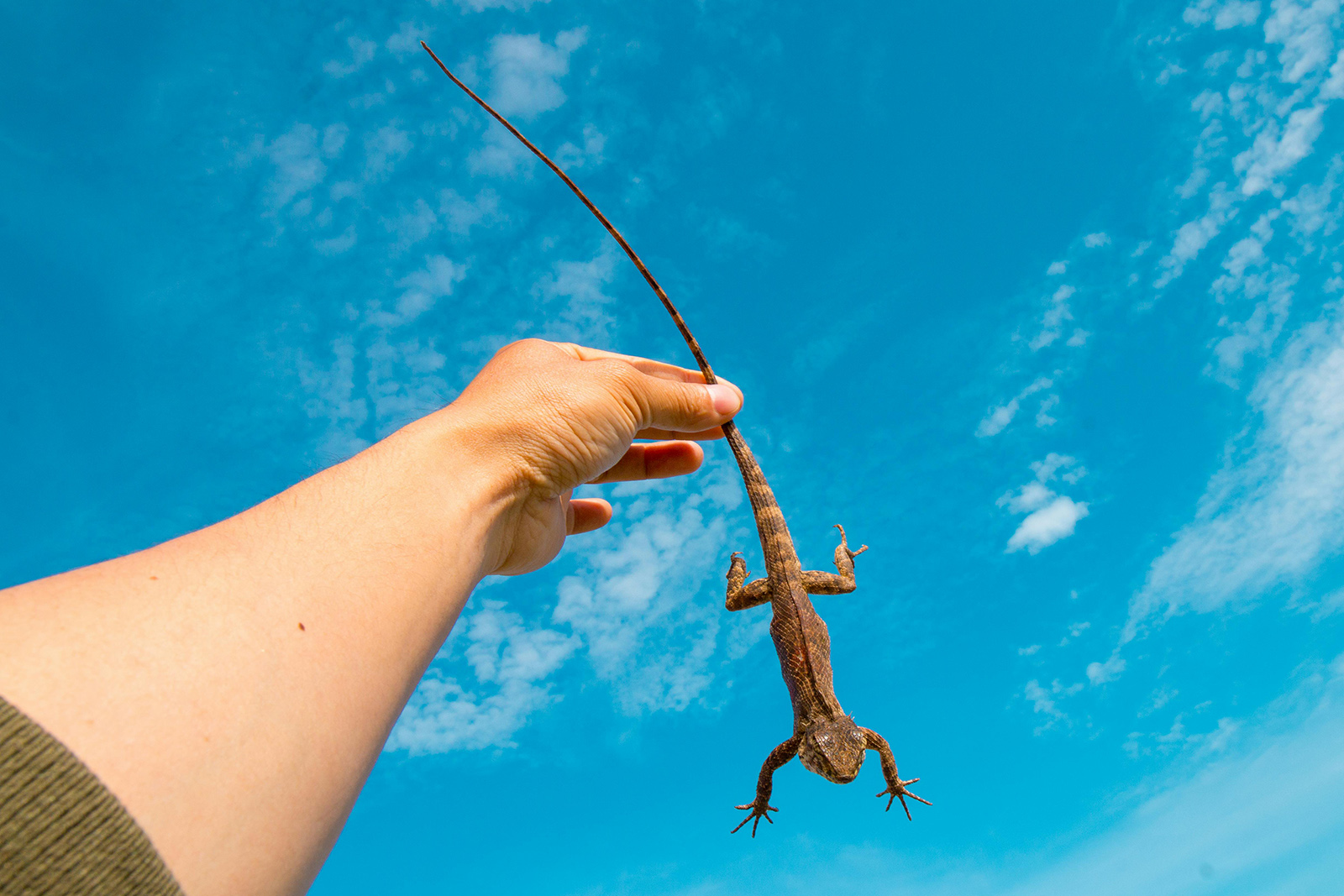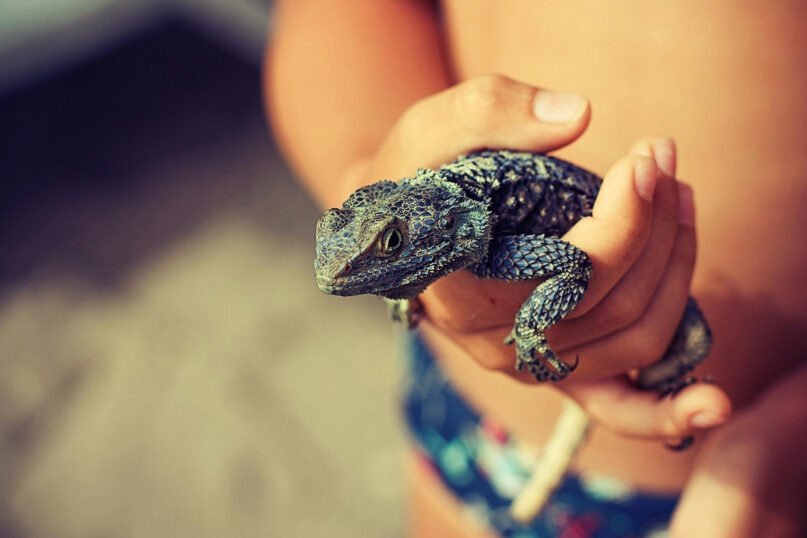
(RNS) — Yom Kippur, the Jewish Day of Atonement, begins Wednesday evening (Oct. 1). In synagogues, or in solitude, many Jews will take time to reflect on the past year, asking themselves where they missed the mark and how they could have done better.
And, maybe, they will consider how they can put down their lizard — which needs a little more explanation.
In Judaism, the rules of repentance were gathered and codified by Maimonides, a medieval Jewish scholar. Rabbi Danya Ruttenberg explains it in her book “On Repentance and Repair: Making Amends in an Unapologetic World.” Maimonides’ rules, as Ruttenberg told RNS, are fairly simple: “Own the harm you’ve caused, begin to change, then amends, then apology, then make different choices.”
These steps focus on repair and change, rather than punishment or retribution, but Maimonides also shared an insight that feels a bit more primeval.
“Anybody who confesses verbally and does not commit in their heart to abandon the thing they’re confessing, it’s like somebody who immerses in this mikvah (a Jewish ritual bath to achieve spiritual purity) while holding this unclean, creepy crawly lizard in their hand,” Ruttenberg said. “So, the ritual bath is not effective until you let go of the unclean creature, right? You have to drop the lizard.”
The idea of dragging a scaly reptile into holy waters — a ridiculous image paired with a moral imperative — makes one wonder what their lizard might be. And how do you let it go?

(Photo by Bulat Khamitov/Pexels/Creative Commons)
Rabbi Avigayil Halpern teaches classes on teshuvah, the Jewish practice of repentance. She works with students online across the country and said the lizard passage can be helpful in thinking about why it can be so hard to fully atone.
“It’s often about fear,” Halpern said. “’This is my emotional support lizard. You want me to go into the mikvah without my emotional support lizard? I hold this all the time.’”
Examples of one’s lizard could be holding onto past wrongdoing or refusing to see the impact of your actions on others. Halpern said the Hebrew word often translated as lizard, sheretz, means a creepy, crawly gross creature. But in real life, things are not always so black and white. Sometimes, the lizard feels comforting.
“Part of it is realizing that it’s actually not making you safer,” she said. “It’s not making you more whole to hold onto the lizard. It’s actually an obstacle.”
But before you can release the lizard, Halpern said you have to notice that you’re holding it.
“Something that comes up over and over is figuring out what is a lizard and what isn’t a lizard,” Halpern said. “What are the things that we’ve been taught are sinful, versus what are the things that are actually not in alignment with the people we want to be — and with the people we think God wants us to be?”
Sometimes your lizard is a pesky little gecko, and sometimes a Komodo dragon. Sometimes it’s personal, and sometimes it’s baked into larger systems. Sometimes it’s about doing wrong, and sometimes it’s about not stepping up to make things right.
“To speak personally,” Halpern said, “one of the things that I’ve really been grappling with this season is thinking about how could I have done more — and how can I still be doing more — to stop the genocide in Gaza. Where was I not brave enough? Where was I too worried about career implications, over affirming the absolute sacred, infinite potential and dignity of every human life — which is my actual job as a rabbi.”
Halpern said real atonement and repair can be uncomfortable work, but it’s important. And the sacred time of the holiday and ritual — and metaphors like this one — provide tools to find those lizards, let them go and figure out who we can be without them.
